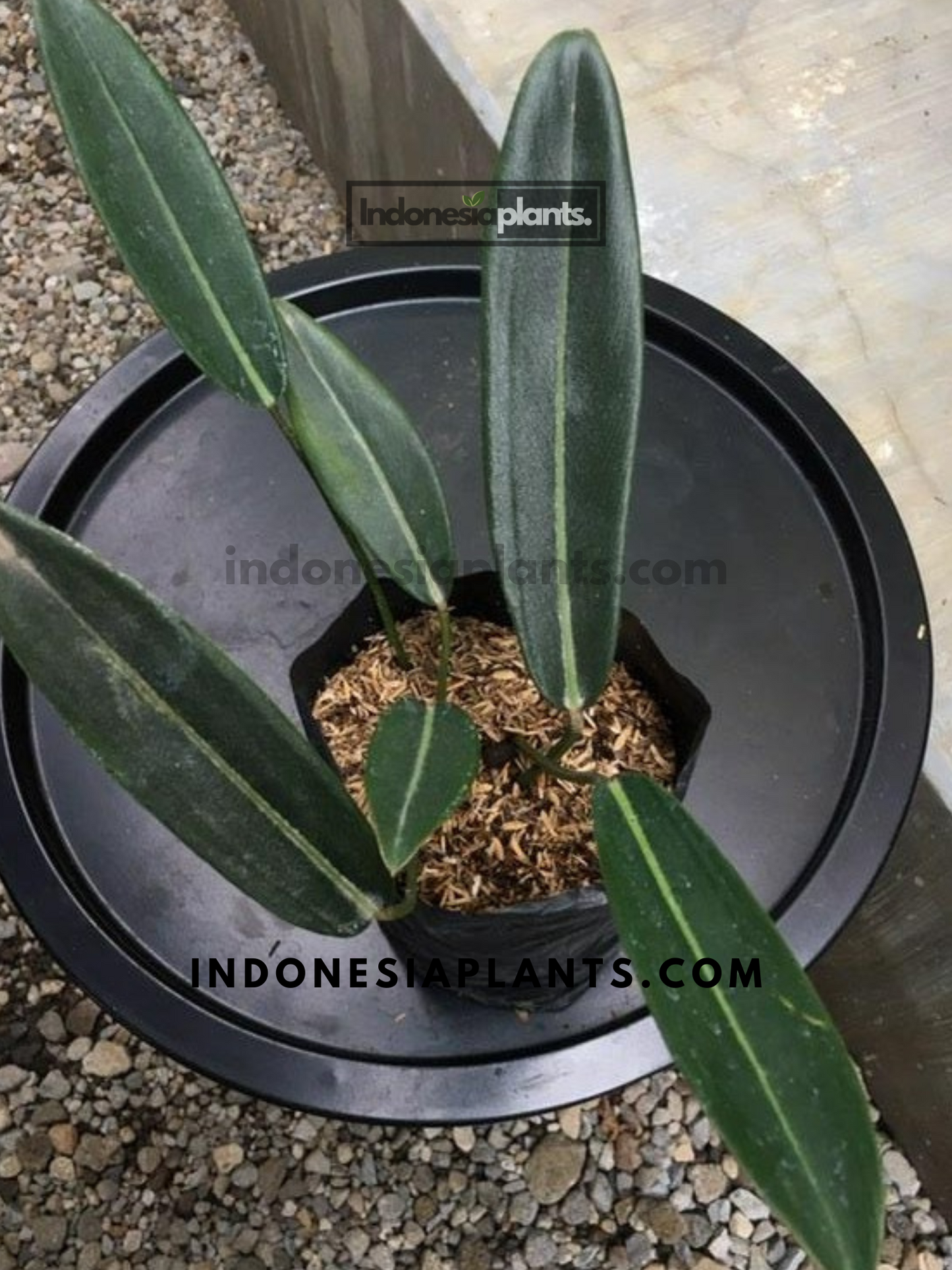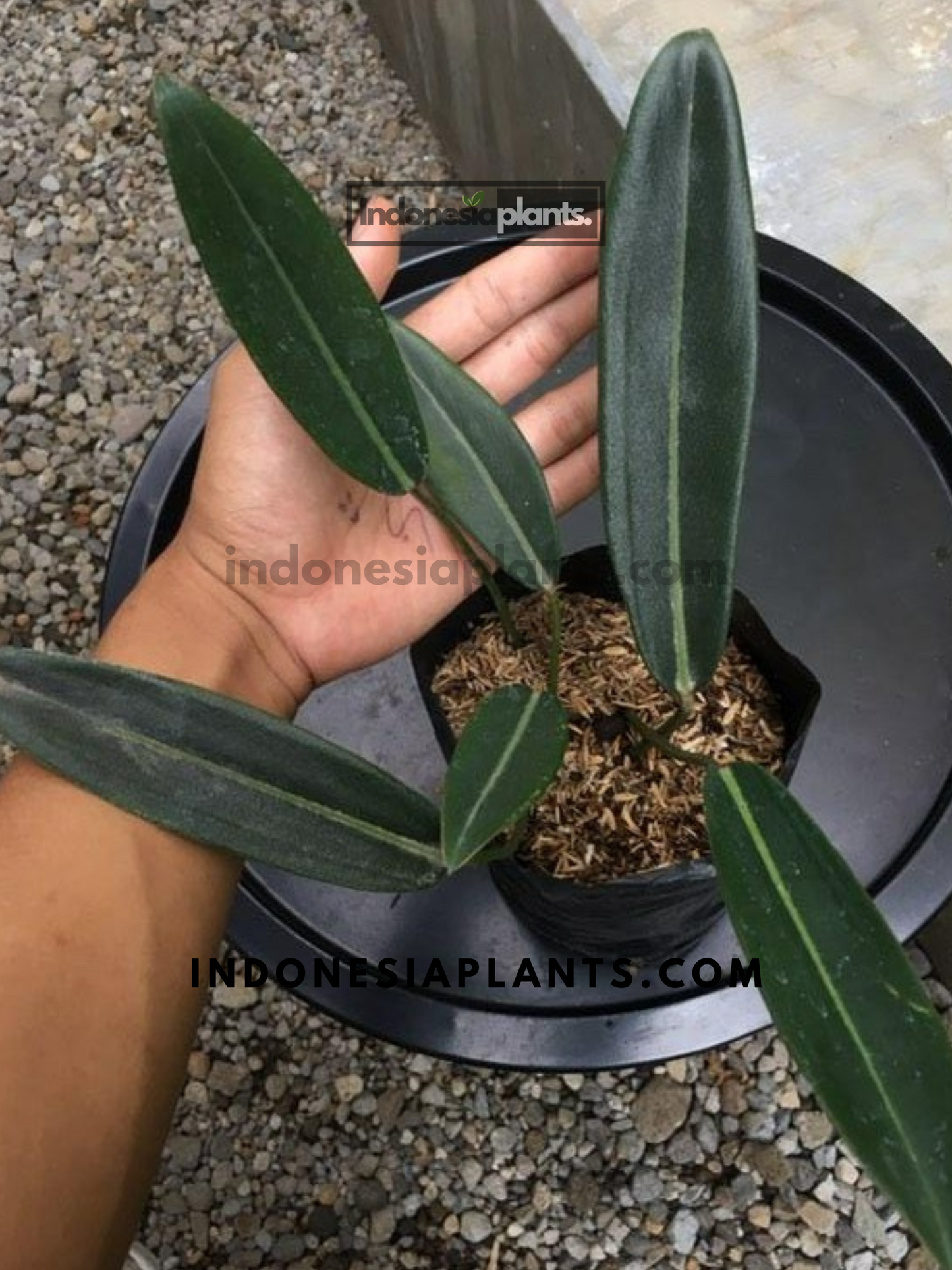indonesiaplants
Philodendron Callosum
Philodendron Callosum
Couldn't load pickup availability
See photos for reference of the plant features only. Sent to you more likely as featured with descriptions below:
Minimum of 3 leaves
Rooted not cuttings
Philodendron Callosum: An Elegant Heart-Shaped Beauty for Your Home
Philodendron Callosum is a captivating tropical plant celebrated for its lush heart-shaped leaves. With its glossy green foliage, it adds a touch of elegance to any indoor space. Known for its low-maintenance care and attractive structure, this plant is an excellent choice for anyone looking to enhance their home with a bit of tropical flair.
Distinct Features of Philodendron Callosum:
- Heart-Shaped Leaves: Its large, glossy heart-shaped leaves make it stand out in any collection.
- Vibrant Green Foliage: The deep green leaves are visually appealing, adding a touch of nature to your interior decor.
- Tropical Beauty: As a tropical plant, it’s perfect for creating a lush, exotic atmosphere in your home.
Product Snapshot
Sleek, composed, and effortlessly architectural—Philodendron callosum is a climber that reads like living line work. Expect elongated, lance-like blades held on neat petioles, a clean midrib, and a satin-to-semi-gloss surface that catches side light without glare. Trained on a slim pole or flat board, internodes tighten and leaves stack into a tidy vertical column; allowed to wander, the vine forms a gentle arc with modern, minimal drama. In steady, bright filtered light, foliage typically matures into deep to mid-green with subtle sheen and crisp margins, creating a calm, curated presence in studios, reading corners, and workspaces.
Key Specs
- Botanical: Philodendron callosum (Araceae), climbing aroid with refined, narrow foliage
- Habit: upright vine; best displayed with a slender support for disciplined, gallery-clean lines
- Foliage feel: smooth, tailored blades; defined midrib and poised posture (exact tone varies with light and plant age)
- Indoor arc: commonly 60–140 cm (24–55 in) over time with guidance; leaf size increases as the vine ascends
- Comfort range: 18–29 °C (65–85 °F); ~50–70% RH; gentle airflow
- Pet guidance: as with many aroids, keep foliage away from nibblers
Placement Ideas
- Slim vertical statement: Seat in a tall, drainage-forward planter beside a bright window with sheers; train 1–2 leaders for a narrow, elegant profile.
- Shelf framing: Anchor one vine to a low trellis or board while letting a secondary runner soften the shelf edge—depth without clutter.
- Photo corner: Angle side light to skim the blade surface; the highlight along the midrib and the crisp edges read beautifully on camera.
- Palette pairing: Matte stone, sand, ecru, or charcoal planters complement the understated green; pale walls (limewash, microcement) amplify silhouette and shadow.
Care At-a-Glance
- Light: Bright, diffused daylight is the sweet spot—east exposure or a luminous zone behind sheers. Even luminance tightens internodes and keeps blades poised; guard against harsh midday sun on tender tissue.
- Water: When the top 2–3 cm (≈1 in) of mix feels dry, water thoroughly and allow full drainage. A calm, repeatable rhythm (not constant damp) preserves clean margins and confident leaf texture.
- Substrate: Oxygen-forward aroid blend—chunky orchid bark + coco fiber/coir + pumice/perlite, with a modest sphagnum buffer. Aim for air first, gentle moisture second.
- Support: Slim moss pole, coco totem, or a flat cedar board. Secure each node with soft ties so the stem stays close to the guide and the canopy stacks neatly.
- Feeding: Light nutrition (¼–½ strength) during active months sustains steady sizing; prioritize light quality before fertilizer.
- Grooming: Wipe a few leaves weekly with a soft cloth; remove spent sheaths for a tailored crown. Quarter-turn the planter every two weeks for balanced exposure.
Troubleshooting Quick Read
- Long gaps / smaller leaves: Increase overall brightness (still filtered) and ensure the stem is closely guided to the support.
- Edge crisping: Usually late watering or dry drafts—tighten cadence, soften airflow.
- Dull finish on new leaves: Check steady light and moderate feeding; keep the newest growth in your brightest safe pocket.
Styling Notes
Pair its sleek blades with a round-leaf companion (velvety Anthurium, broad Monstera) to stage a shape dialogue—slender vs. plush. Keep décor minimal so the clean line and subtle sheen stay center stage.
Kindly reach out to us at indonesiaplants@gmail.com if you have difficulties in your purchase or have any questions.







